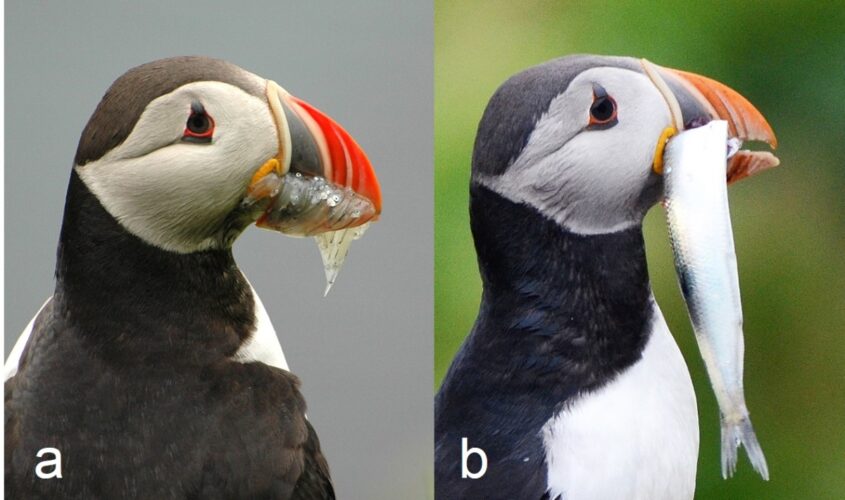
Poorer feeding conditions at Hornøya – is it the start of the end for the puffins?
The diet of puffin chicks on Hornøya, North Norway, is changing. In the 1980s, their parents brought them few and large prey items per load, while their diet now consists of many small fish. This is known to negatively affect chick growth and survival in colonies further south, and is a a source of concern.